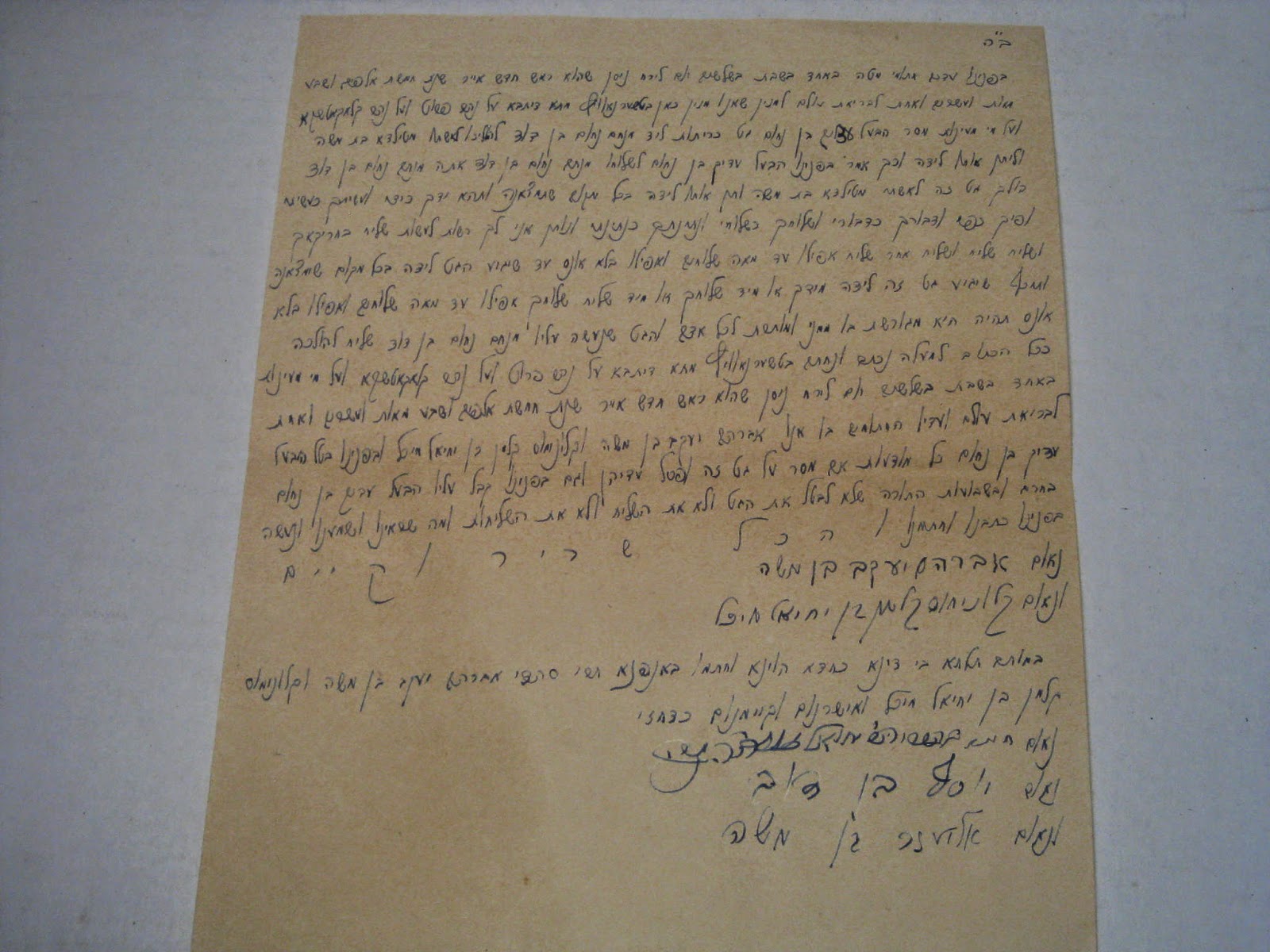 |
| from the introduction of Kereti U'Peleti by Eybeschutz' |
When Eybeschutz printed his book Kereti U'Peleti, he opted out of this practice and gives an interesting logic for his reasoning. He writes that if he has yet to sell out his own copies of his printing, why would anyone else attempt to print it, when it most likely will end up as a financial failure, as he himself can't sell his copies.
If he has indeed has sold out his copies, then why stop anyone else from printing his book, as he will incur no loss from it, as his copies have already sold.
This statement of Eybeschutz, appealed to several later authors as well, and was used in several other book printings, for example the commentary on Iyov published in 1791 in Prague with a commentary by יב"א, who quotes Eybeschutz in his reasoning for not getting a Haskamah for his book.
 |
| איוב עם פרוש יב"א 1791 |












